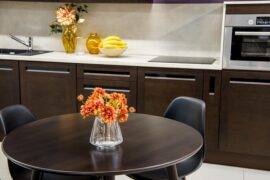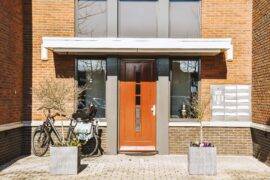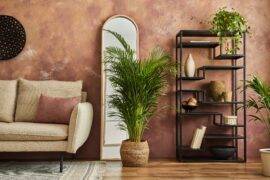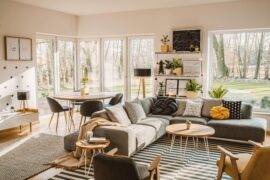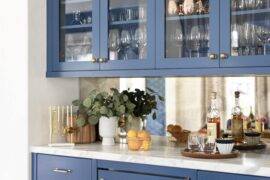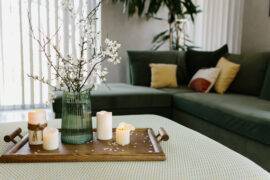Designing the perfect room is an art. You not only need creativity, but practicality too, a realistic vision but with a lot of flare to make it truly yours. Whether you’re revamping a corner of your bedroom or completely transforming a spacious living area, the process of crafting a room that matches your both personality and lifestyle is an exciting endeavor! The secret in designing a room well lies in understanding the nuances that elevate a space from ordinary to extraordinary. Here, we unveil a few secrets that’ll help you design a room that not only looks stunning but also feels like a true reflection of you.
Balance Functionality and Aesthetics
As mentioned, part of designing the perfect room is achieving a balance between functionality and aesthetics. A room should not only be visually appealing but also serve its intended purpose in a way that suits your lifestyle. Inversely, a room should be more than just functional or livable, it should be somewhere you enjoy being. Begin by identifying the primary function of the space, whether it’s a living room for relaxation, a kitchen for cooking, or a bedroom for rest. Once the function is clear, pick furniture that support this purpose in the way you need and reflects your taste. Your decor can build on this later.
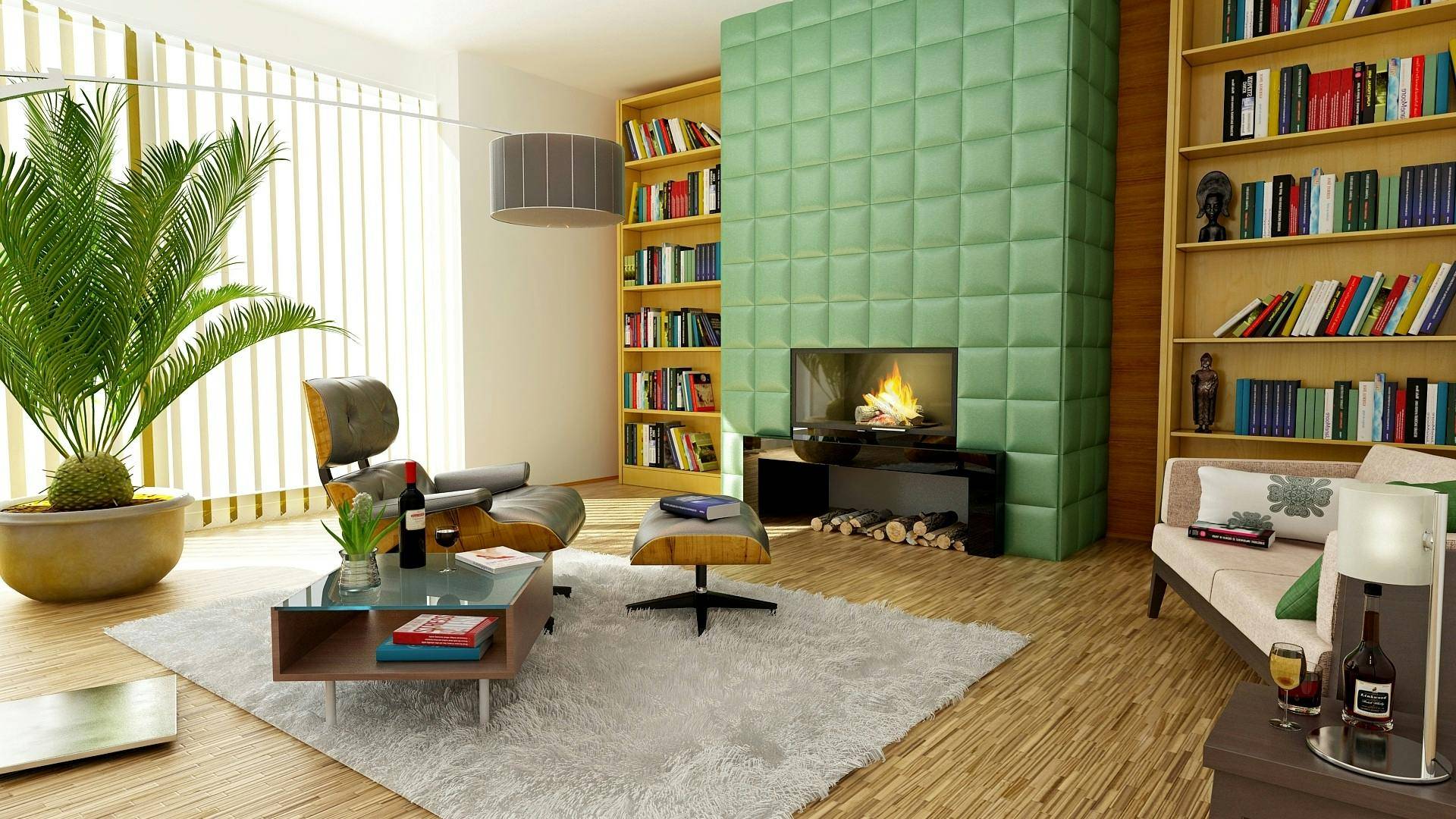
Use Color Psychology to Influence Mood
Color is a powerful tool in interior design that can significantly influence the mood and atmosphere of a room. Understanding color psychology can help you choose the tones that evoke the desired emotions while also complementing the room’s purpose. For example, soft blues and greens are calming and thus ideal for bedrooms, while vibrant reds and oranges can energize a living room. Neutrals like white, beige, and gray provide a versatile backdrop that can be accented with pops of color through accessories and artwork, which is why they’re best for walls. Other things to consider when choosing a palette is the room’s natural light, the size of the room, and the functionality.
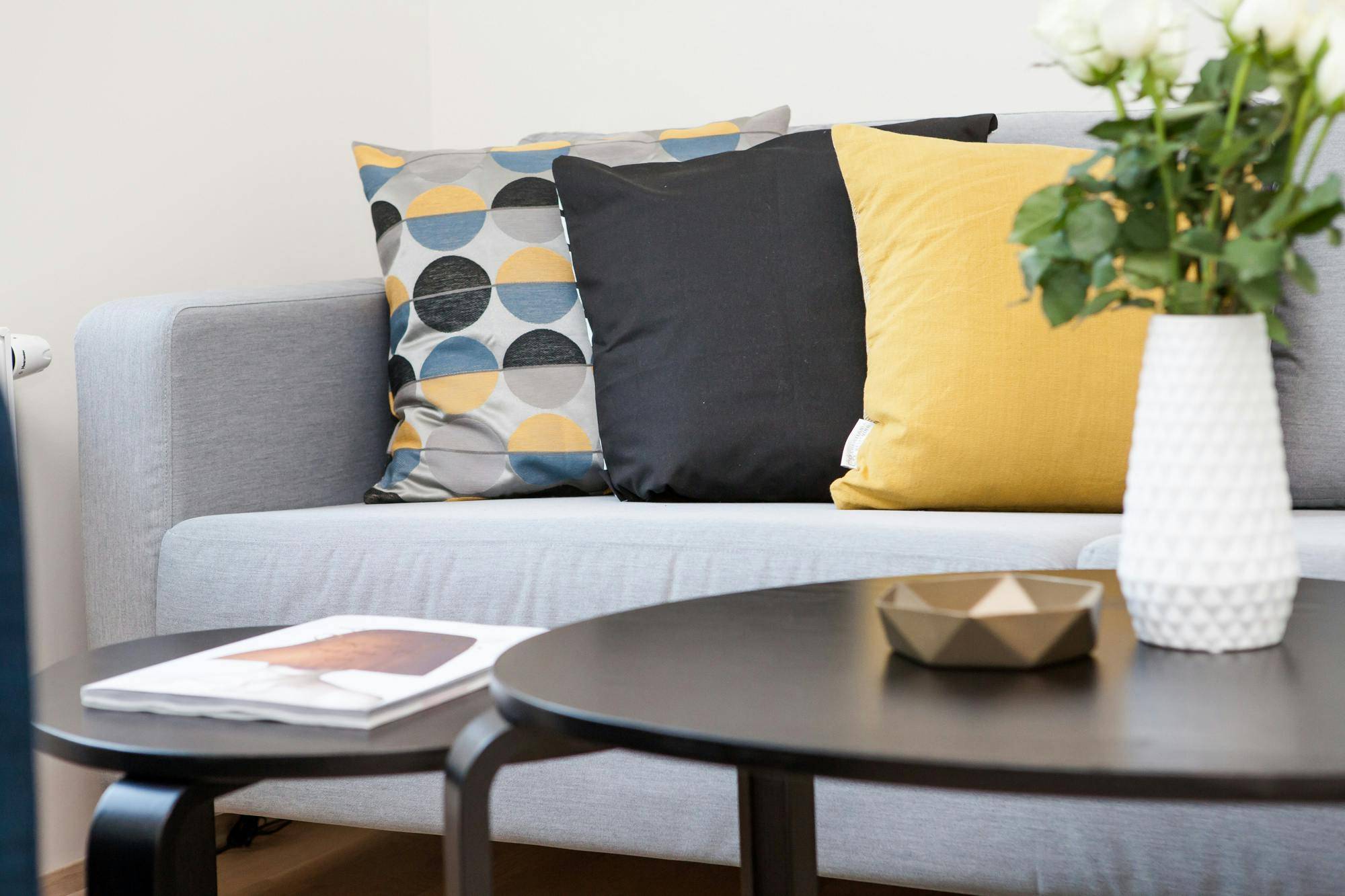
Optimize Space with Furniture Placement
Efficient furniture placement is the best way to optimize your space and create a room feels open. Start by considering the room’s layout and traffic flow. Make sure that the pathways are clear and furniture is arranged to encourage movement. Use furniture to define areas within a room, such as positioning armchairs to create a seating area or a bookshelf to separate a workspace. Consider the scale of furniture pieces in relation to the room size, since oversized furniture can overwhelm a small space, while too-small pieces may feel lost in a large room. This part is about fitting the pieces you’ve picked via the last two points together to create a space that looks and feels right.
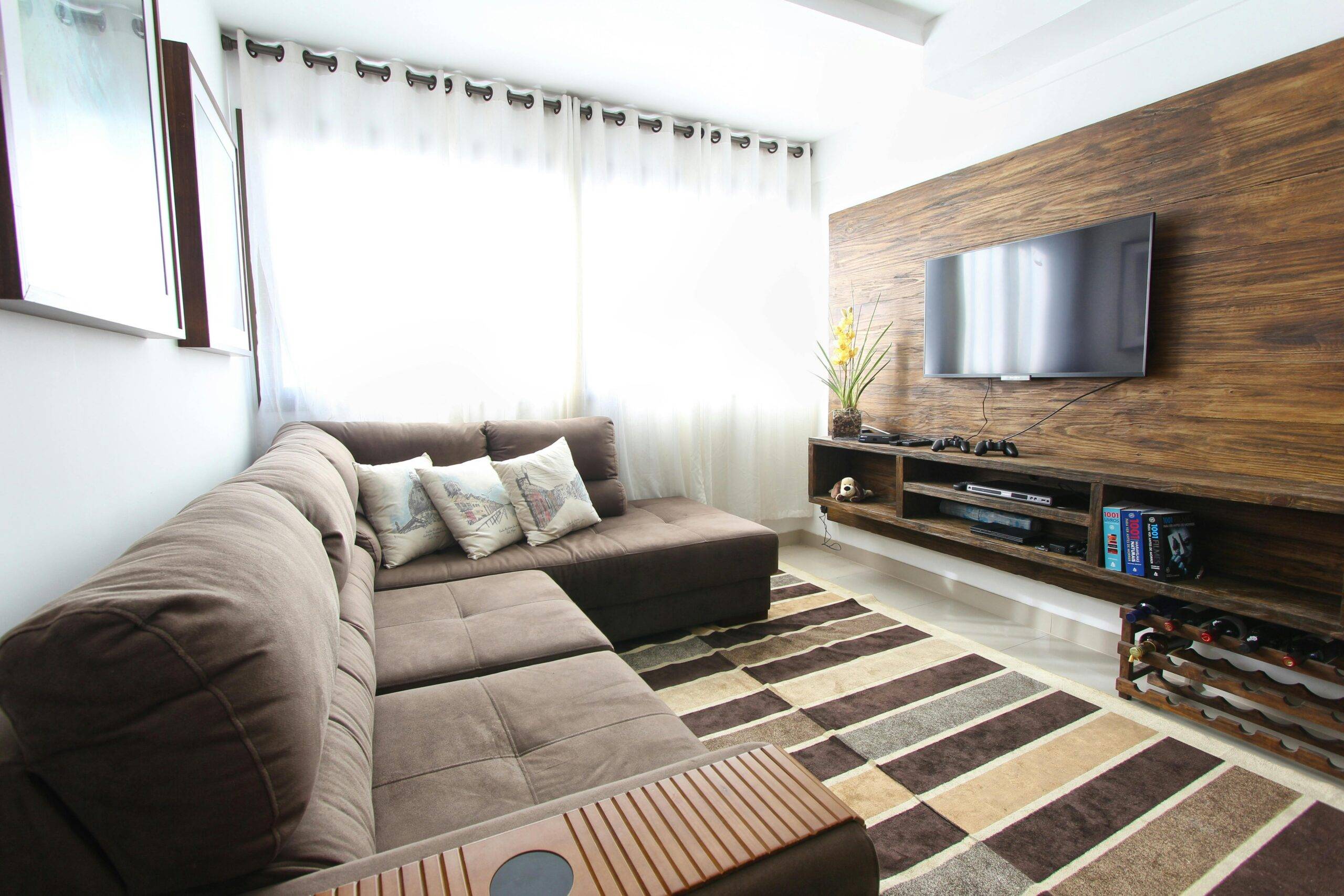
Embrace Nature
Incorporating elements of nature into your room design both creates a refreshing feeling but also helps any space feel homey and alive. Bringing the outdoors in can be as simple as adding houseplants, which not only improve air quality but also add a touch of greenery, or using natural materials like wood, stone, and linen in your decor to evoke a sense of the outdoors. Large windows and mirrors spread natural light around the room, making it feel brighter and more connected to the outside world. That light tied with other natural elements helps create the feeling of an airy, open space that feels rejuvenating even though it’s completely indoors.
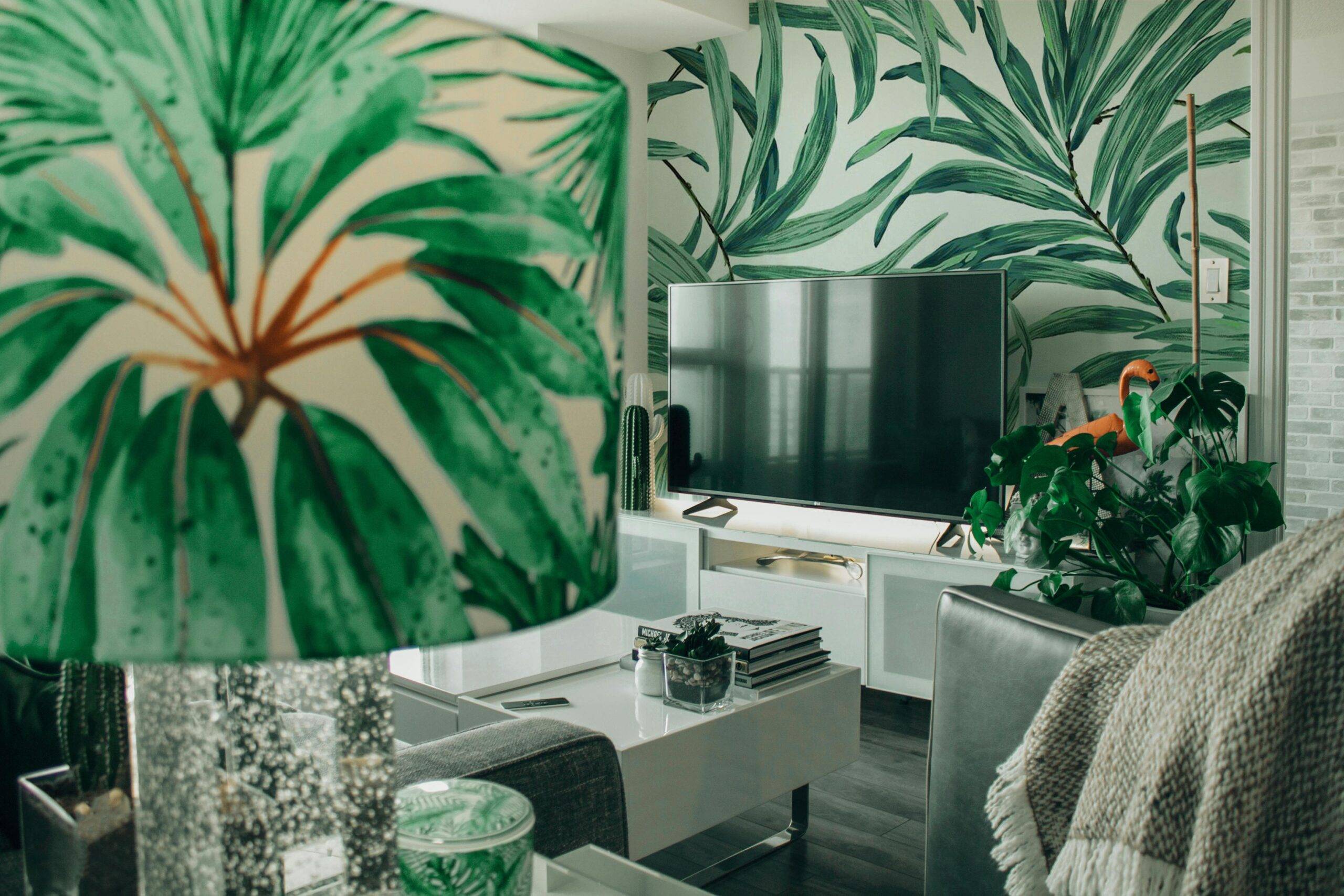
Personalize with Meaningful Decor
Finally, personalization is truly what transforms a house into a home, as incorporating meaningful decor and art pieces is a powerful way to express your personality in a room. Choose items that you love, whether it’s a collection of travel souvenirs, family photographs, or pieces of art that speak to your soul. These elements not only add character to the space but also serve as conversation starters, reminders of cherished memories, or simply little boosts of happiness whenever you see them. When arranging your decor, consider the scale and proportion of each piece in relation to the room. Group smaller items together for an interesting impact, and use larger pieces as focal points.
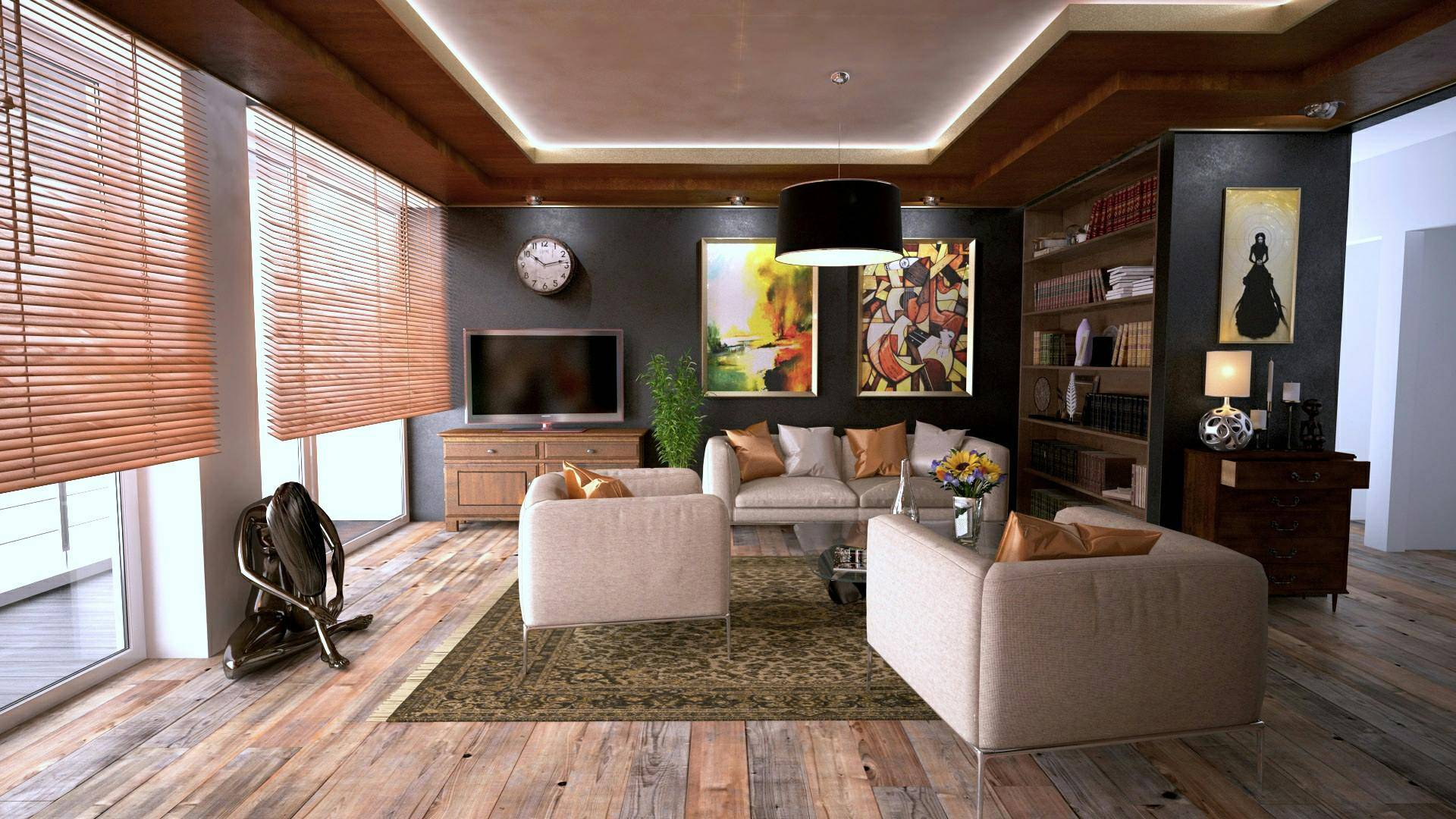
Designing the perfect room is meant to be a journey of discovery. You might need multiple goes at it, rearranging your layout and rethinking your strategy until you find what works best for you. Remember, the key is to balance functionality with aesthetics, so think about practical placement and fun patterns, the space’s tangible use and the feeling you want to create within it. A room is a blank canvas that reflects the work you put into it, so take all the time you need to build the space you’ve been dreaming of.
